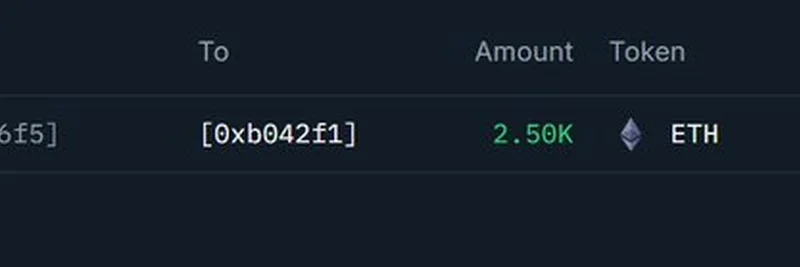If you've been scrolling through crypto Twitter lately, you might have stumbled upon a post from @SOLPlayboy that flips the script on what we think about yields in DeFi. The tweet dives into Reya, a cutting-edge trading platform, and why its seemingly dismal APY numbers are actually a clever design choice. Let's break it down in simple terms and see why this could be a game-changer, especially for those trading volatile assets like meme tokens.
Understanding Reya's APY Puzzle
At first glance, logging into Reya's app and spotting negative APY on both 7-day and 30-day periods for a pool worth hundreds of millions can feel like a gut punch. APY, or Annual Percentage Yield, is basically how much return you're getting on your staked or provided liquidity over a year. Negative? That sounds like you're losing money, right?
But as @SOLPlayboy points out in their tweet, Reya isn't playing the usual game. Most DeFi platforms pump up APY with temporary incentives or flashy numbers to attract users quickly. Reya skips that hype and focuses on building a solid foundation. It's like choosing a sturdy house over a flashy tent – the tent might look fun short-term, but the house lasts.
The Magic of the 80/20 Loop
Here's where it gets interesting. Reya's secret sauce is its 80/20 fee distribution model. Every time someone trades on the platform, the protocol collects fees. Instead of pocketing them or distributing as quick rewards, 80% of those fees go toward buying back REYA tokens (the platform's native token), and 20% buy ETH. This creates a self-reinforcing cycle:
- More trading volume means more fees.
- More fees mean more buybacks.
- Buybacks reduce supply and potentially increase value for REYA holders, while bolstering ETH's ecosystem.
This isn't just theory – it's designed to create real, ongoing value without relying on unsustainable yield farming. For context, Reya is built as a "based rollup" on Ethereum, using zero-knowledge (zk) proofs to verify transactions securely and tie everything back to Ethereum's validators. No single point of failure, like a rogue sequencer messing things up. It's secure, scalable, and directly supports Ethereum's economy.
Why This Matters for Meme Token Enthusiasts
At Meme Insider, we're all about the wild world of meme tokens – those fun, community-driven coins that can moon or crash in a heartbeat. Reya, as the first based rollup DEX optimized for trading, could be a boon here. Imagine trading meme perps (perpetual futures contracts) with sub-millisecond speeds and Ethereum-level security. No more clunky experiences or high gas fees eating into your gains.
The negative APY might turn off yield chasers, but for liquidity providers and traders focused on long-term plays, it's a signal of maturity. Zero-fee dApp integrations bring in real users without extra costs, boosting volume and feeding back into that buyback loop. It's like an engine that gets stronger with use, not one that burns out after a hype cycle.
Community Reactions and What's Next
The replies to @SOLPlayboy's tweet echo this sentiment. Users like @0xTuixingdep called it a "value engine" where short-term metrics don't matter, while @Fiditiboyy noted it's "worth keeping an eye on." Others highlighted the long-term strength over quick dopamine hits.
Reya's tokenomics rumor a fixed supply of 8 billion REYA tokens, with at least 45% allocated to the community, and a potential token generation event (TGE) in Q4 2025. Combined with the largest ETH buyback ratio in DeFi, this positions Reya as a platform that's aligned with Ethereum's growth – great news if you're betting on ETH's dominance.
If you're a blockchain practitioner dipping into DeFi or meme trading, Reya offers a fresh perspective. It's not about chasing the highest APY today; it's about building systems that thrive tomorrow. Check out Reya's docs for a deeper dive, and keep an eye on updates as they roll out stages like orderbook launch in Q1 2026.
In the end, as @SOLPlayboy puts it, this is an "intelligent value engine" disguised as a yield desert. Smart traders, take note.




